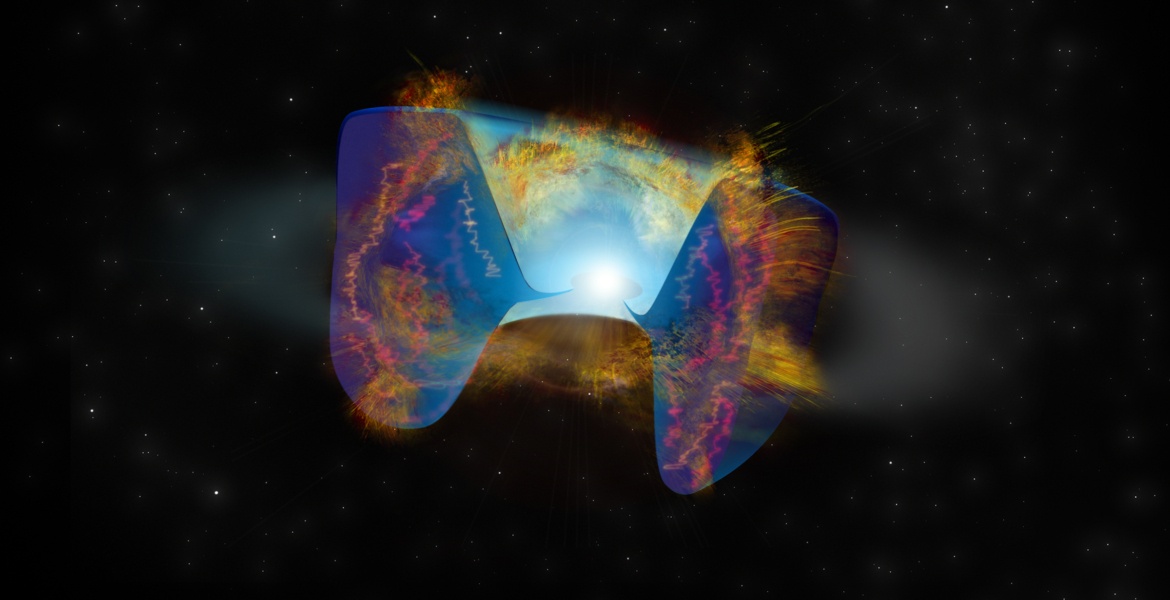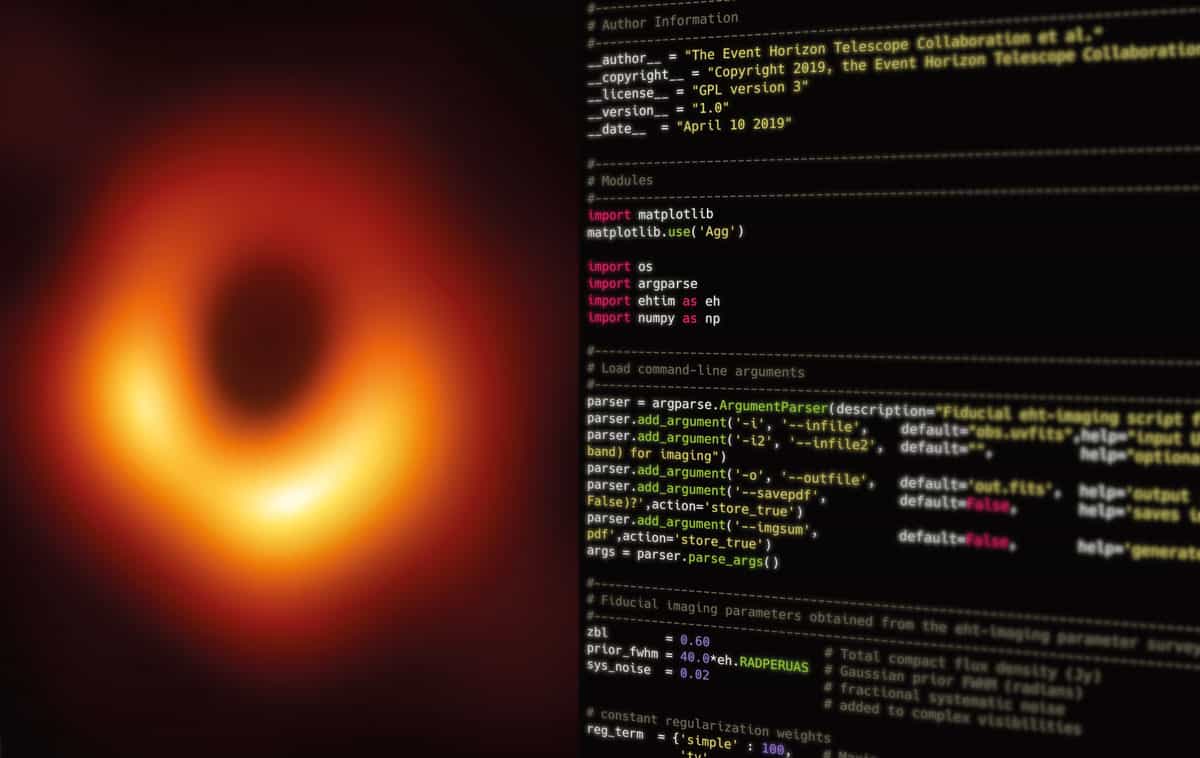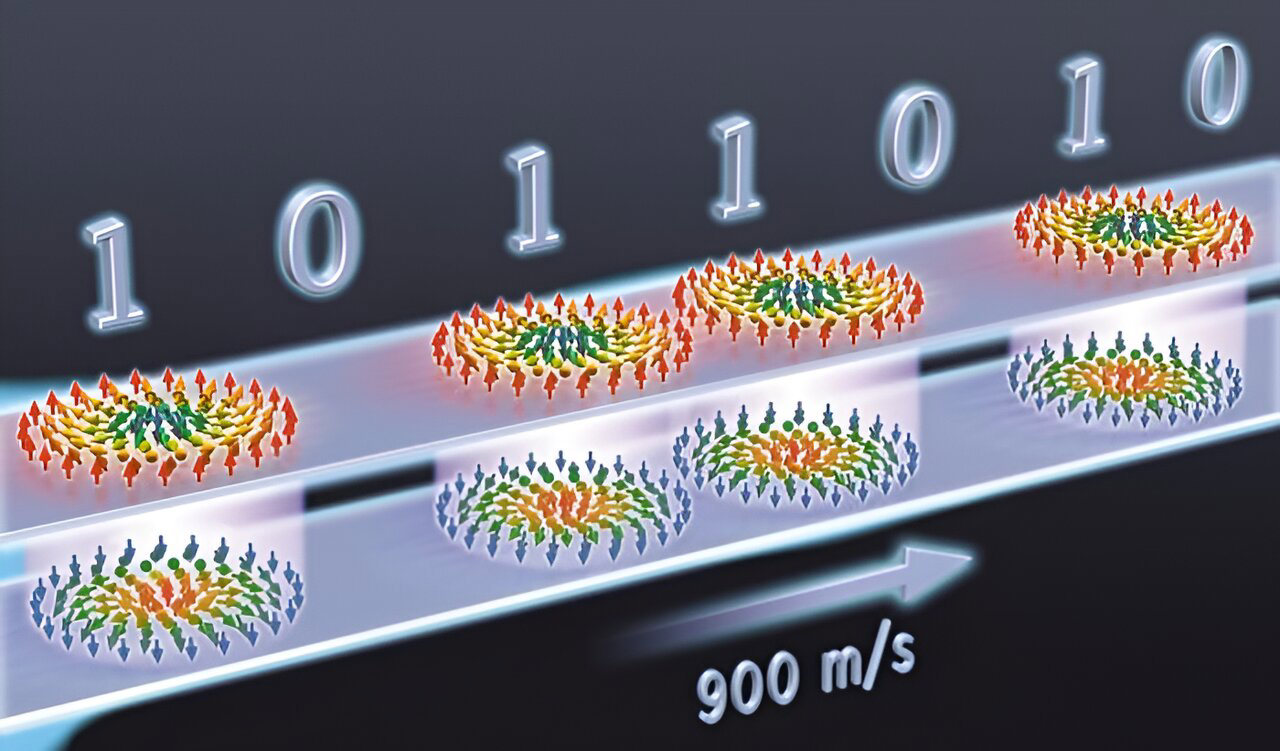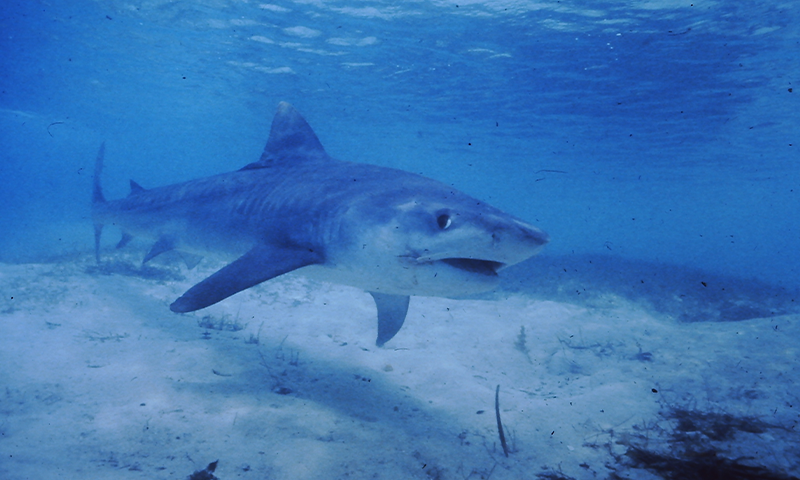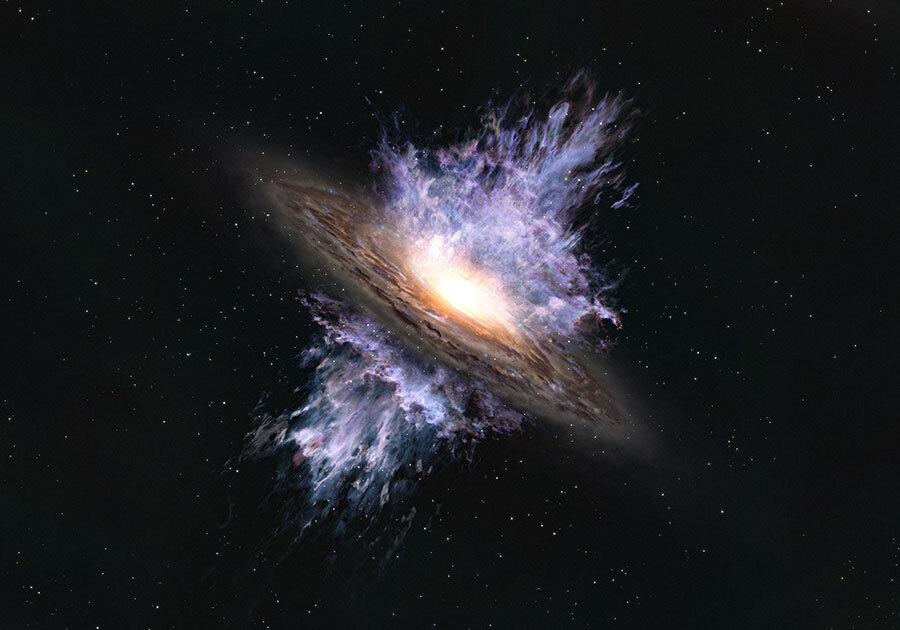
ALMA discovers earliest gigantic black hole storm
June 11, 2021
by National Astronomical Observatory of Japan
Researchers using the Atacama Large Millimeter/submillimeter Array (ALMA) discovered a titanic galactic wind driven by a supermassive black hole 13.1 billion years ago. This is the earliest example yet observed of such a wind to date and is a telltale sign that huge black holes have a profound effect on the growth of galaxies from the very early history of the universe.
At the center of many large galaxies hides a supermassive black hole that is millions to billions of times more massive than the Sun. Interestingly, the mass of the black hole is roughly proportional to the mass of the central region (bulge) of the galaxy in the nearby universe. At first glance, this may seem obvious, but it is actually very strange. The reason is that the sizes of galaxies and black holes differ by about 10 orders of magnitude. Based on this proportional relationship between the masses of two objects that are so different in size, astronomers believe that galaxies and black holes grew and evolved together (coevolution) through some kind of physical interaction.

